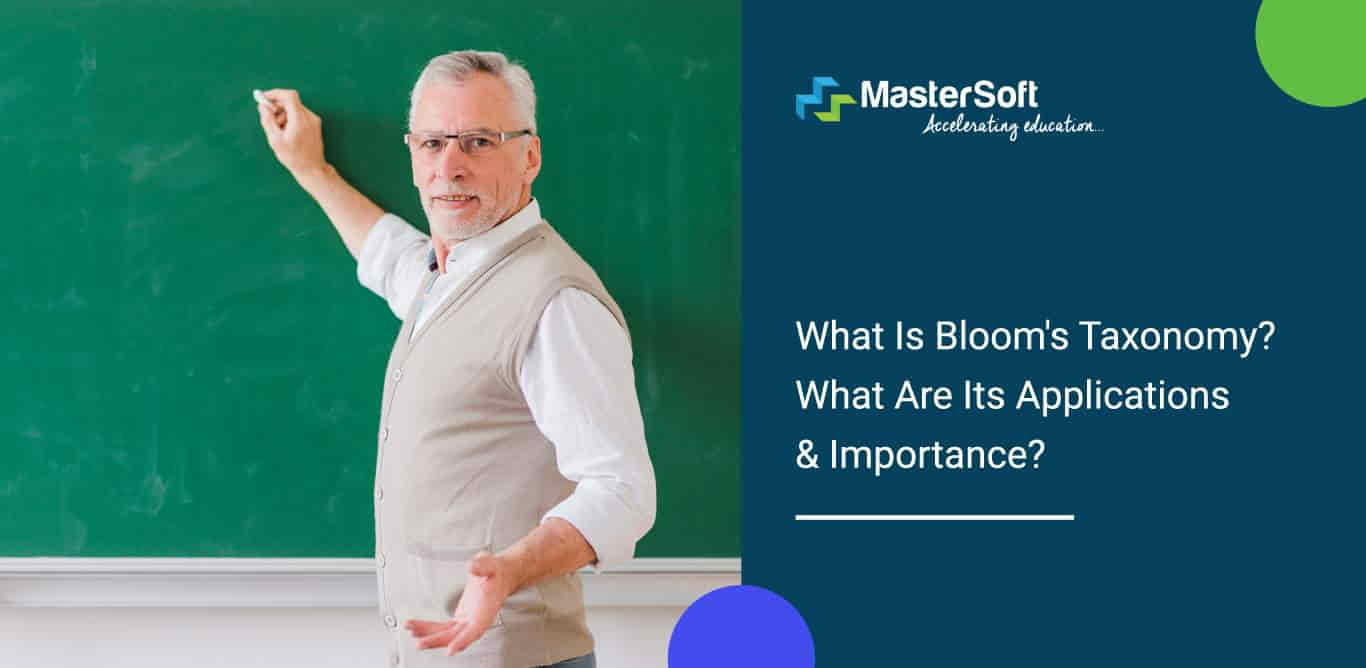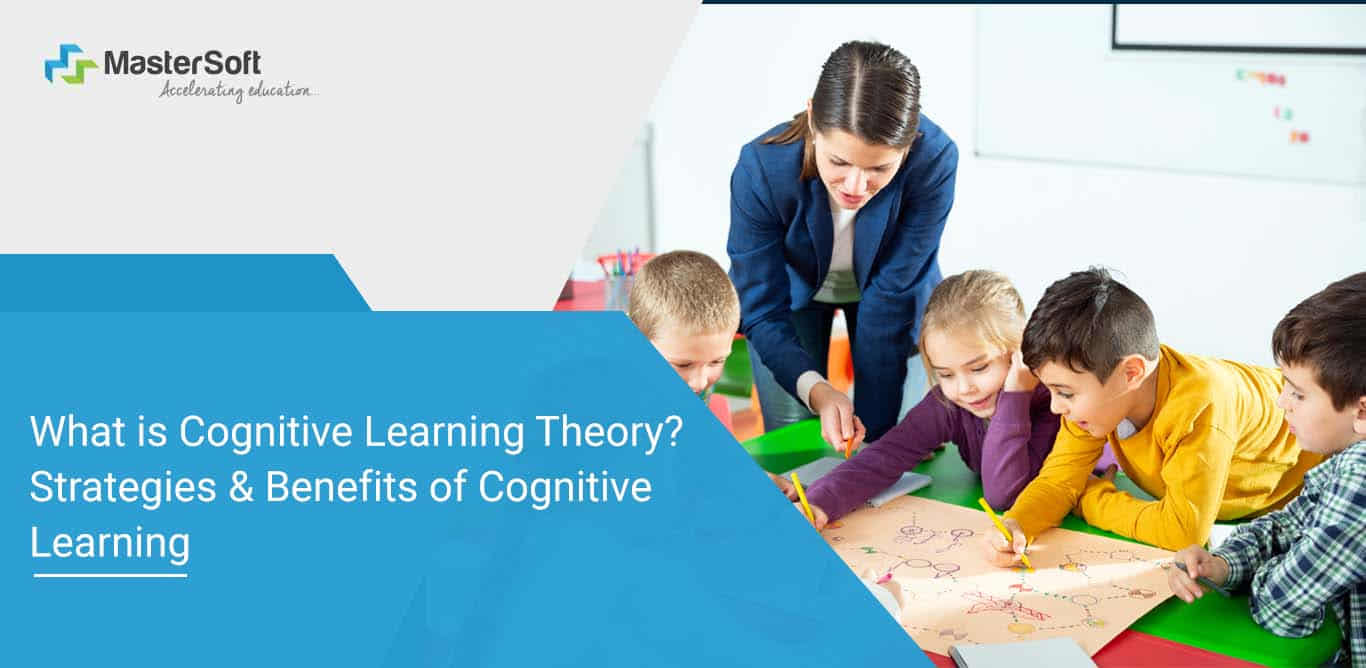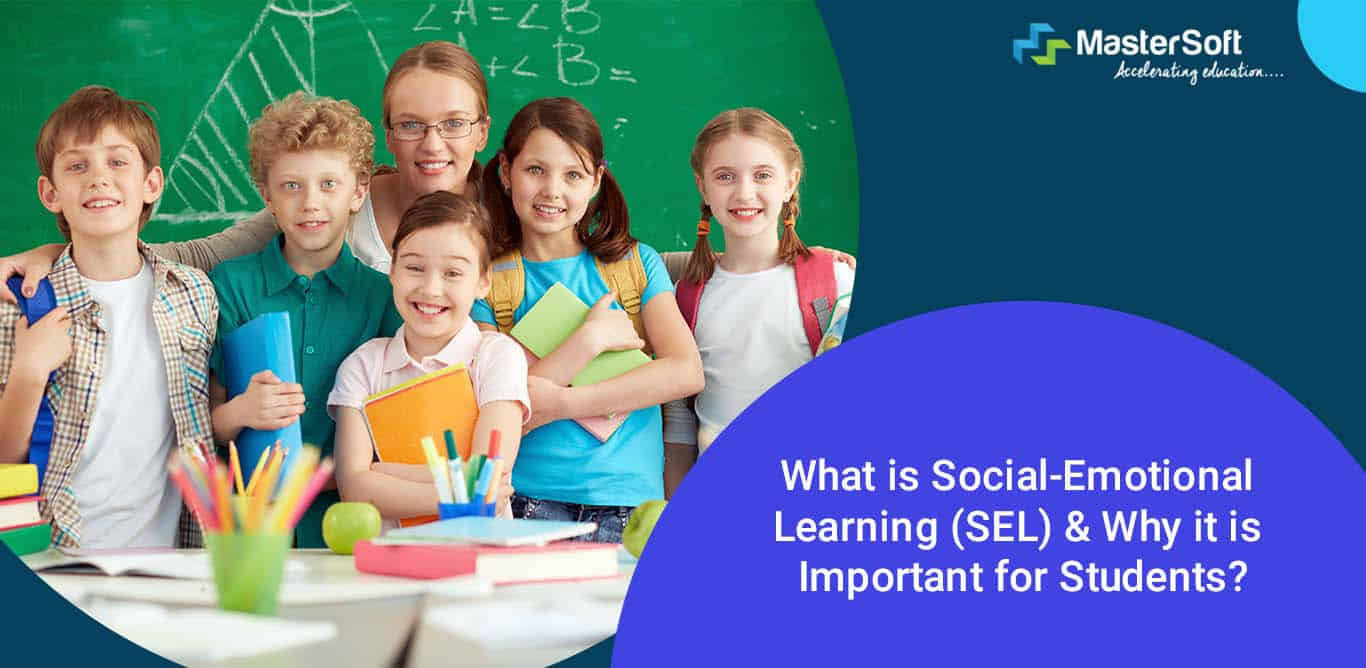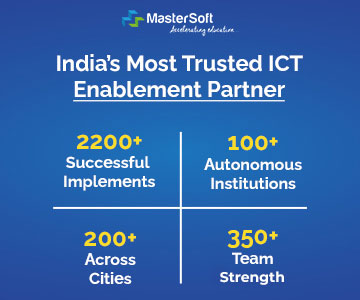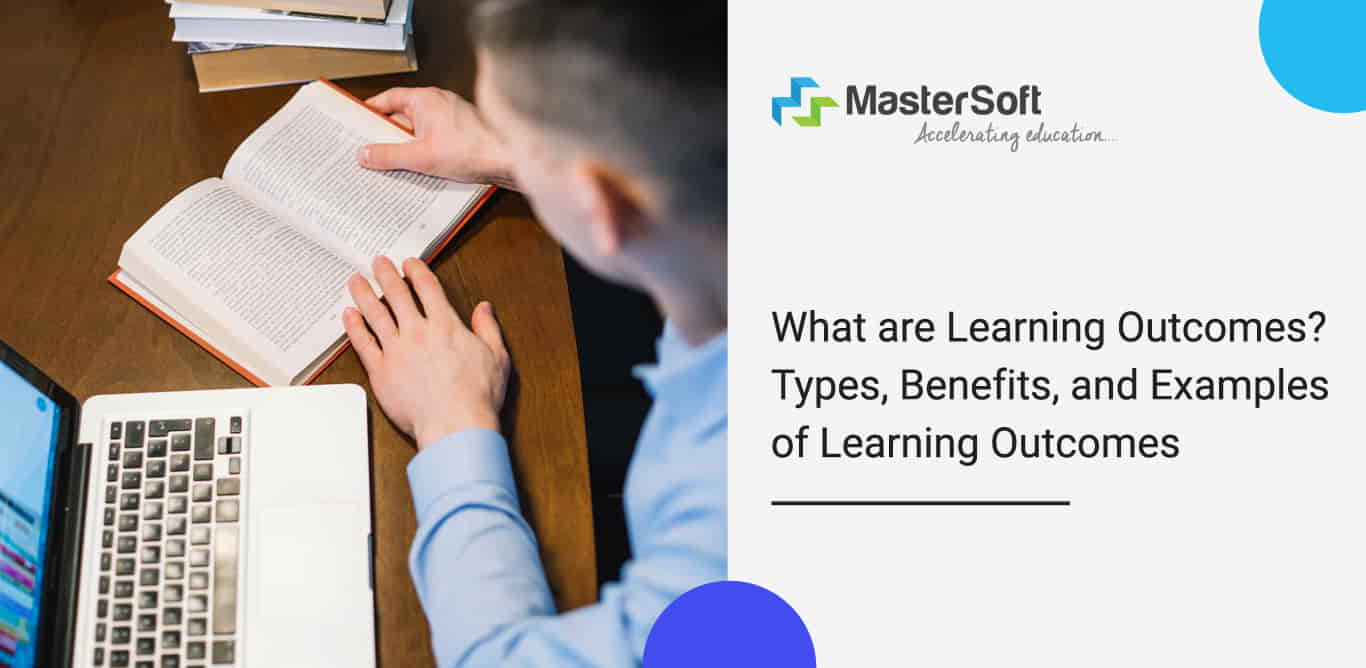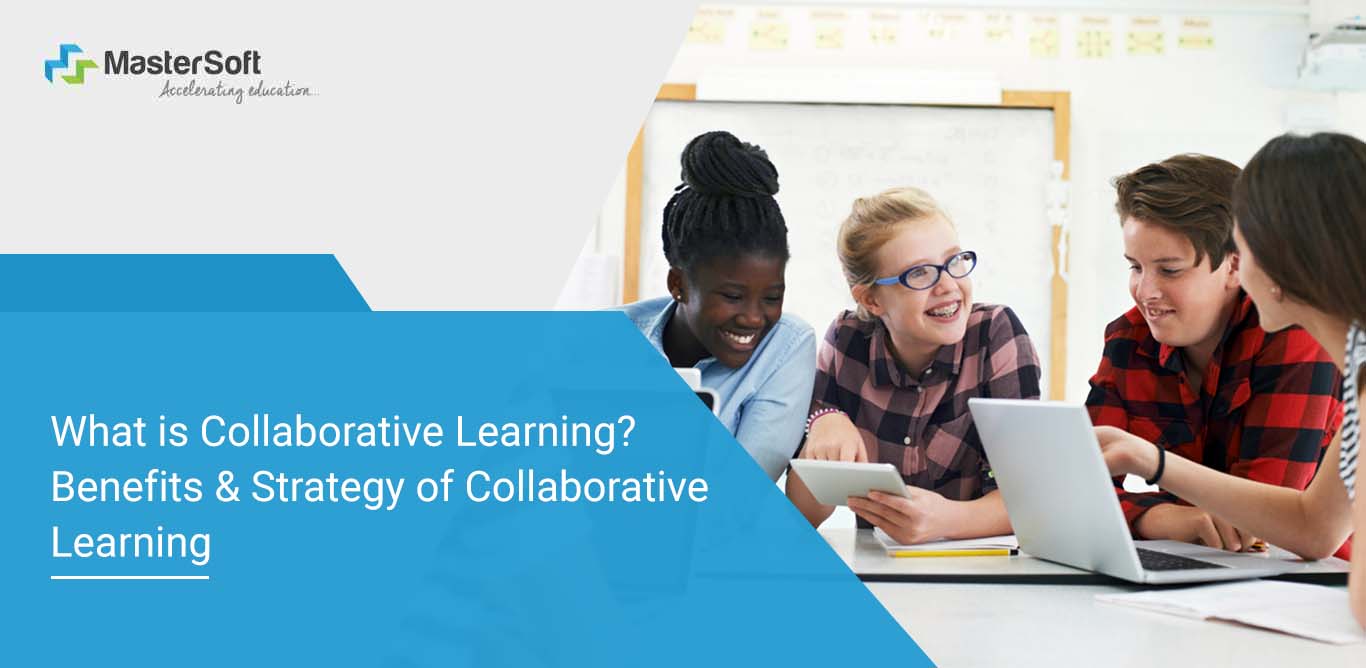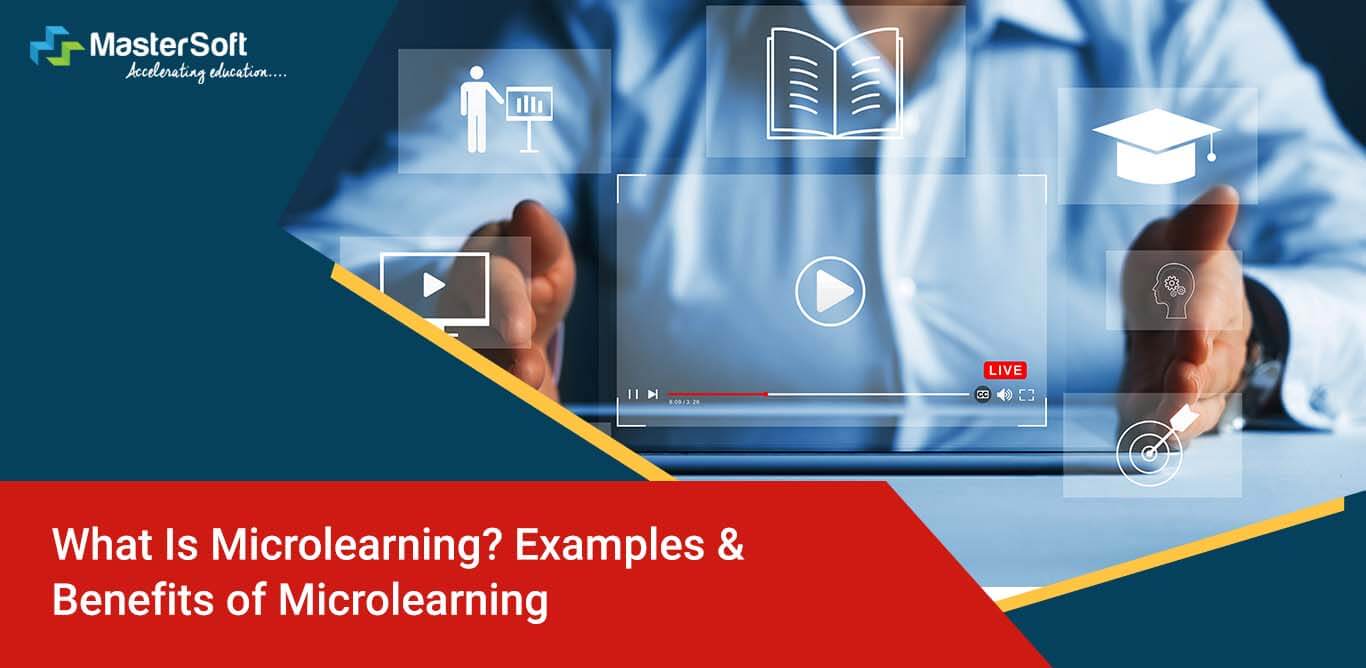
01, March 2022
The traditional teaching method has a one-dimensional approach as per which lessons are taught through in-depth explanations or short briefings. Furthermore, one of the main goals of teachers is to complete the syllabus as fast as they can, and in doing so, the pace of instruction gradually increases. Consequently, this affects the learning capabilities; students who typically underperforms encounter difficulty in keeping up with the class.
Over the years, educators and institutes alike have assessed the learning needs of students and have taken the initiative of employing several initiatives. This includes integrating several strategies to improve the classroom experience and facilitating training to the teachers to implement the best lesson delivery. That is where microlearning comes to use, which helps organisations to impart comprehensive and complex knowledge in small chunks.
What is Microlearning?
Microlearning is an approach that focuses on delivering content in short amounts to enable learners to study at their convenience. Microlearning sessions are usually under ten minutes and allow the learners to learn at their pace.
But how did microlearning originate from?
Hermann Ebbinghaus, in the 1880s, became the first person to come up with a scientific approach to study and classify memory. He went on to introduce concepts such as the learning curve and forgetting curve. He conducted studies to assess the capabilities and functions of memory; through his studies, he found out that memory does not stay consistent throughout the trials.
He also noted that memory b depends upon the subject matter being learned and also the way it is being learned. These particular methods and studies correspond to his studies on forgetting and, ultimately, his forgetting curve.
His research led him to discover memory savings, which refers to knowledge that was once stored at the top of the mind in complete or relative accuracy. Also, the retention of information is equally incorporated within this component.
He found that carefully memorized information can be recalled easily after learning it again, even after a significant time without using it. Moreover, Ebbinghaus Forgetting Curve indicates that when people learn large amounts of information, they retain it for a certain amount of time. But if the information is not crucial to the tasks at hand, the knowledge is subject to gradual degradation over time.
But when the microlearning platform is implemented by splitting the content into small pieces and recalling different parts if it over time can help to retain knowledge and increase productivity.
Benefits of Microlearning
1. Less time-consuming
Students do not concentrate in the classroom or are unable to do so because lesson delivery is not engaging enough. Teachers may find them distracted and busy talking to fellow classmates or spacing out in their own thoughts. Most often than not students are held responsible for the behaviour, which they partly are, but it is also important to examine the source of the issue.
The major problem lies in teachers spending an excessive amount of time teaching a topic, elaborating on the topics which may or may not be significant. The monotony seeping into the lecture and sounding uninteresting to the students is inevitable. But microlearning is quick; teachers can build an entire course with dozens of units within an hour.
Ultimately it reduces the time of course and lesson delivery as well as requires less time to consume the content.
2. Increases learners engagement
With a class of forty to fifty students, all of them have varying degrees of attention span; some students succeed in maintaining focus while others falter. However, when they discover that learning or training will take relatively less time, it becomes easier for them to sit through the class.
Moreover, content is designed to be delivered in multiple forms, from text to full-blown interactive multimedia. This, in turn, makes learning a much more engaging activity; hence they willingly participate in it.
3. Improves knowledge retention
Microlearning facilitates a system of small self-directed learning or short-learning activities that can be integrated easily into daily activities. Moreover, small learning steps that include small chunks of information can be used to study repeatedly and revisit it—furthermore, the revisits or reviewing of information help to reinforce knowledge and memory.
4. Flexible learning
Institutes can integrate any course into the microlearning that they provide via e-learning modules. Besides, with the help of a learning management system, it becomes easier to cover any subject by highlighting the significant portions.
Specialised institutes can develop e-learning courses that give a broad overview of a particular subject or create particular ones with complex topics.
5. Smartphone usability
Microlearning depends upon bite-sized learning sessions; hence it is accessible for any device, including smartphones. So, students who do not have computers can rely upon their phones to gain knowledge.
But if the training courses are more extensive, they might need to pause in the middle of it, which means they might lose their place and have to backtrack.
6. Self-paced learning
The traditional classroom environment forces students to conform to the rapid pace of learning and teaching. If they fail to keep up with the rest of the class, they perform poorly in academics; but microlearning encourages self-paced learning. According to this approach, learners can take sufficient time to master a specific topic or subject.
7. Personalised learning
Microlearning enables instructors to construct learning paths and modules relevant to particular students. This would typically include short, informative pieces of learning; it also allows to administer different activities and roles, including collaborative learning.
Improve your Institute’s Management along with Teaching- Learning Methods with MasterSoft!
Examples Of Microlearning
Some of the critical microlearning examples are as follows:
1. Interactive slides
Instructors can upload existing content and questions associated with them to create highly engaging training materials like microlessons and quizzes.
2. Drag to correct category
‘’Drag and match the correct item’’ is an e-learning activity that can also be integrated into the approach that helps the learners create connections.
3. Microlearning videos
This includes short videos that include specific learning outcomes, some of the examples are as follows:
- Explainer videos
- Brief and interactive videos
- Miro-lectures
- Whiteboard animations
- Kinetic text-based animations
4. Word construction template
As per this, the platform challenges the learners to reproduce words they have just learned or reinforce the spelling of difficult words.
5. Multiple choice
This relates to the questions that have several answers; this activity provides the opportunity to clarify any mistake or misunderstanding regarding a given topic.
6. Micro-challenges and games
Gamification of learning activities images the learners to focus and participate in the process; some of the activities include :
- Polls and flashcards
- Questions and responses
- Simulations
- Learner recordings to answer questions
- Multiple question quizzes
7. Infographics
These are graphical representations of information, knowledge or data that focuses on key points, and numerical values. This includes:
- Statistical infographics
- Informational infographics
- Timeline infographics
- Comparison infographics
- Hierarchical infographics
- Geographic infographics
- Process infographics
Challenges of Microlearning
Microlearning has offered significant advantages, although it has some potential flaws and challenges which needs to be addressed: Some of them are as follows:
1. Risks of Fragmented Learning
If not managed properly, microlearning can have risks of fragmented learning. Although it offers a higher retention rate among learners, it's frustrating if the course content is put together without any proper structure. So, when dividing the lessons into bit-sized modules, it is essential that they are consistent and follows a defined structure.
2. Difficult in Tracking Training Progress:
The effectiveness of the educational training can be carried out by tracking its progress. The teacher/educator needs to know how many students completed their courses and how much time has been spent taking the lectures. With microlearning, teachers have more training courses to monitor, which makes the entire tracking process a little tricky and time-consuming.
3. Gamified Microlearning can be Distracting and Confusing:
Gamified microlearning can improve engagement and retention of the students. Poorly designed games are usually confusing, which can result in disengagement. It kills the entire purpose of the gamified training. Few online games can also distract learners from their learning objectives. As they will play & engage, only because it’s so much fun.
4. Course Content Preparation can be Time-Consuming:
Microlearning provides bite-sized lessons, hence, they should be time-saving. On the contrary, for instructors and course content designers, planning & management of course can be time-consuming. They need to restructure the existing learning material into micro-training assets. This takes additional time & effort in combining the lessons and ensuring that they are appealing to the learners.
5. It Clashes with Long-Term Goals:
Microlearning mainly focuses on addressing short-term goals as it only covers a single learning objective. But if a long-term goal needs to be achieved, course designers need to invest in more in-depth training to develop new skills and competencies, which can be time-consuming.
Best Practices of Microlearning
- Using Mobile Delivery:
- Reuse or Rework Existing Courses:
- Use Gamification Approaches:
- Add Recurring Content:
Delivering microlearning content by mobile platforms makes learning most convenient for learners and therefore experiences a higher participation rate. As mobile phones are handy, it can help in accessing course information and enables students to learn on-the-go such as during commute and when they have free time.
Course planners & designers can lower the workload of creating a completely new microlearning curriculum if they already have training material & courses in place. Some parts of the existing course content can be split into smaller segments and can be used or other parts can be modified or reworked to suit a microlearning structure.
By using gamification techniques, one can turn microlearning courses into a game. It offers learners the same feeling of satisfaction & achievements in completing a goal/task that they might receive when they complete a level in a game.
Recalling the studied course materials over time can help people retain the information for a longer period of time. It can be in the form of a quiz at the end of a series of segments with bullet points of the key takeaways from the course. Also, one can include references to a previous course module, thus help in revising the course section.
Implement New Learning Approaches and Teaching Methods with MasterSoft
Mobile: 08448010216
Email:info@mastersofterp.com





